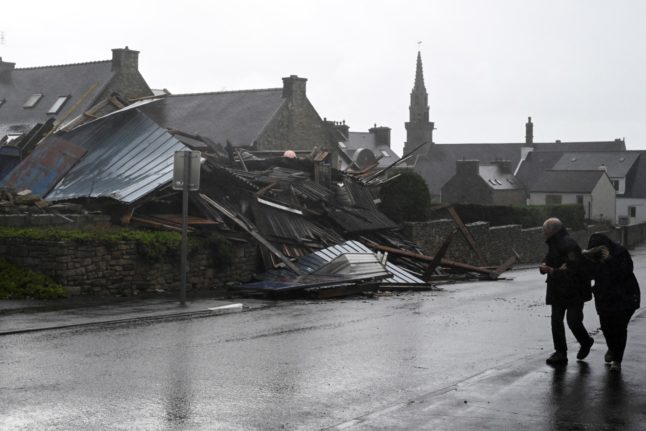While the insurance bill is significant, it is below the average for the past decade.
And it covers less than half of the estimated $56 billion in global economic losses suffered during the first six months of the year owing to man-made and natural disasters, Swiss Re said in a statement.
About 7,000 lives were lost because of such catastrophes during the same period, it pointed out.
Flooding was responsible for $8 billion worth of the disaster-related insurance claims during the first half of the year, according to a Swiss Re survey called sigma.
This noted that massive June floods in Central and Eastern Europe alone cost insurers $4 billion and killed 22 people, while floods in Alberta, Canada left insurers with a $2-billion bill.
At least 1,150 people meanwhile died in India because of floods in June, while Australia, Southern Africa, Indonesia and Argentina also experienced cyclones and heavy rains that sparked large-scale flooding.
"As a result, 2013 is already the second most expensive calendar year in terms of insured flood losses on sigma records," Swiss Re said, pointing out though that in 2011, flooding in Thailand caused record flood losses of more than $16 billion.
Other natural disasters during the first half of the year included deadly tornadoes in the Midwestern United States, which left 28 people dead and slapped insurers with $1.8 billion in claims.
"Though 2013 has so far been a below-average loss year, the severity of the ongoing North Atlantic hurricane season, and other disasters such as winter storms in Europe, could still increase insured losses for 2013 substantially," Swiss Re chief economist Kurt Karl warned in the statement.
INSURANCE
Natural disasters take toll on insurers: Swiss Re
Catastrophes cost global insurers more than $20 billion in just the first six months of 2013, including $17 billion for natural disasters alone, Switzerland-based reinsurance giant Swiss Re said on Wednesday.
Published: 21 August 2013 14:25 CEST

Swiss Re offices in Zurich. Photo: Swiss Re
Url copied to clipboard!


 Please whitelist us to continue reading.
Please whitelist us to continue reading.
Member comments